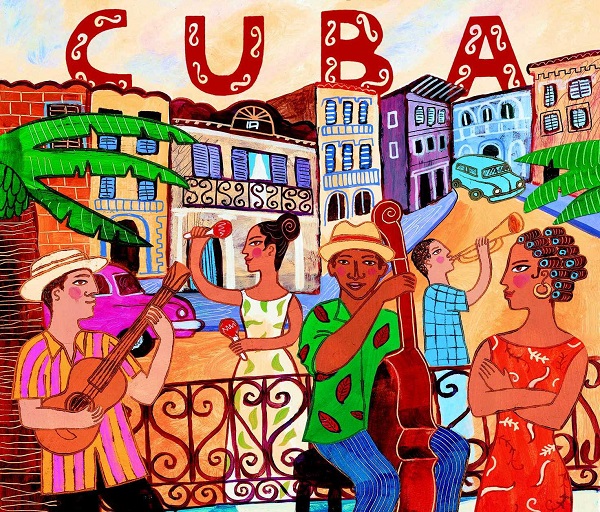9.2.4 The Danzonete.

The Danzonete was a musical genre created by musician Aniceto Díaz, which exploded in popularity in 1929. It emerged at a time when the Danzón was on the wane. The first Danzonete was titled Rompiendo la rutina (Romping the Routine) and premiered on June 8, 1929, at the Casino Español in Matanzas. To the audience’s surprise, the danzonete featured the soloist’s performance and the chorus, which was almost a guaracha and very enjoyable to dance to.
It emerged as a new form within Cuban dance music. This new representation was based on fundamental elements of the Danzón, with the incorporation of elements of the Son, which allowed for seamless rhythmic innovation. It was performed by the Charanga Francesa. Aniceto Díaz, as he explained at the time, did not intend to structure a new dance but rather began with the foundational elements of the Danzón he knew so well, creating a variation on that rhythm by incorporating elements of the Son.
Musicologist Raúl Martínez explains that the Danzonete is written in 2/4 time and with the intention, indicated by its composer, that it should be performed like the Danzón rhythm, slowly. Its structure is composed of four parts: first (introduction), second (trios), third (choruses), and fourth (finale) or coda. In each of them, the composer indicates the main introductions of the musical instruments that intervene in the orchestration, such as the violins, cornet, trombone, clarinet, maracas, claves, and singers.
From the moment of its public debut, Aniceto’s orchestra quickly gained fame. New engagements in Matanzas salons and clubs arose every day. In November 1925, they performed at the inauguration of the PWX radio station in Matanzas and, months later, at Cuban Telephone in Havana.
The Danzonete rose to fame in Cuba between 1930 and 1932. During those two years, it was the musical foundation of a revue presented at Havana’s famous Teatro Martí. Other orchestras, such as Gerardo Pérez’s, included the rhythm in their repertoire.
This Matanzas genre, although short-lived, achieved notable fame on Cuban radio and television, and in the world of recording, thanks to its faithful interpreter, Paulina Álvarez, with her prodigious voice, whom the people baptized as The Queen of the Danzonete.
With the arrival of the danzonete in Cuban music, singers took center stage in the groups of this period. Voices such as Pablo Quevedo, Fernando Collazo, Barbarito Diez, Joseíto Fernández, Alberto Aroche, Abelardo Barroso, and the empress of the danzonete, Paulina Álvarez, became popular.
Chorus:
Danzonete,
Try it and go
I want to dance with you
To the beat of the danzonete








